Stories of Growing Up in Gaviota
Living History Through Storytelling
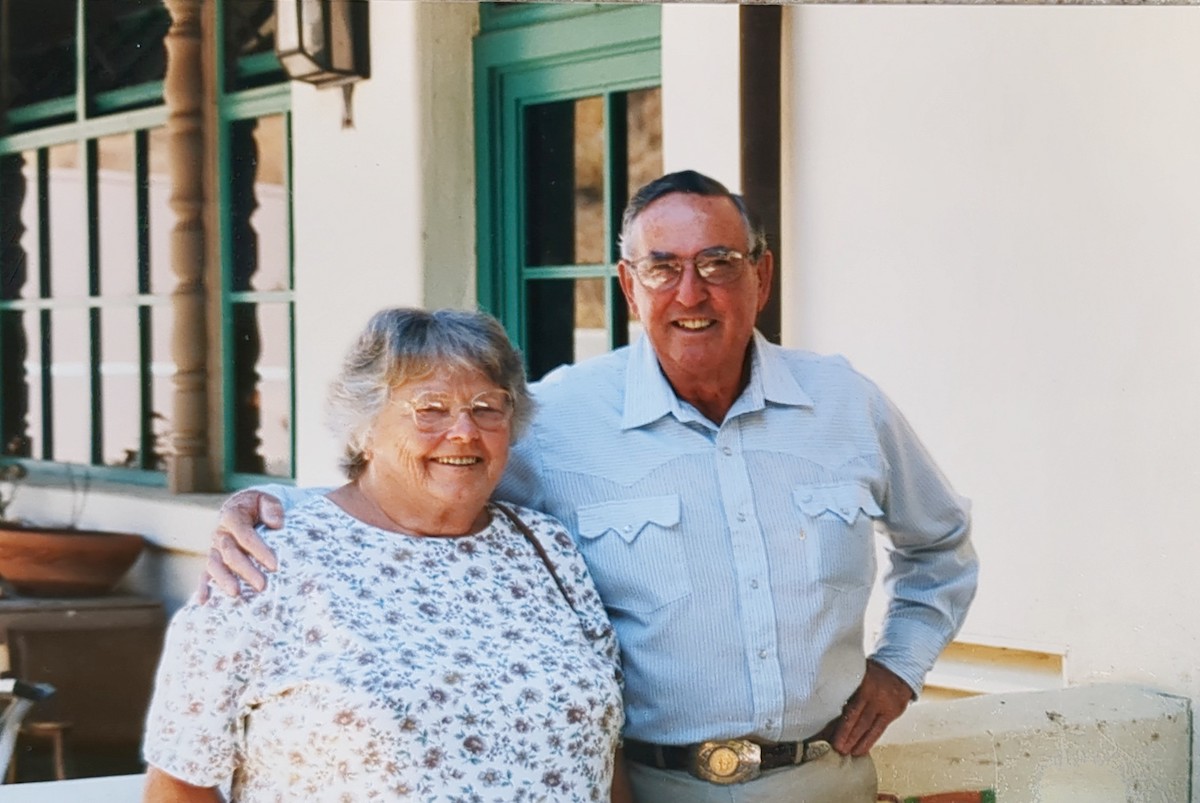
On a September morning in 1996, my 6th-grade students and I interviewed James Howerton and his sister, Margaret, at Vista de Las Cruces School. Jim and Margaret (both since deceased) were born in Lompoc, he in 1925 and she in 1919, and they spent their childhood here in Gaviota at the Hollister Ranch and Las Cruces, living for a couple of years in an adobe house at Santa Anita Canyon. In 1925, the Santa Barbara earthquake left large cracks in that house, and a rattlesnake crawled right through and came inside. Margaret told us the story: “Mother said, ‘I’m not living here anymore!’ and we moved. Dad was the Ranch superintendent, so we got a house nearby at Las Cruces.”
As far as Jim and Margaret were concerned, growing up in Gaviota was paradise. Margaret described her special place — a little spring behind the Las Cruces house upon whose banks wild violets and ferns grew. Jim preferred to climb an oak tree on a hill in front of the house, lie on its branches, and look up at the sky. “That tree is probably still there,” he said.
Jim often traversed the hills on horseback with his brother and their dog, but sometimes he would go up the canyon, past the old Las Cruces store, and play with the Ortega kids. “One time,” he said, “I went over there to get my brother, and Mr. Ortega grabbed me and threw me behind the door. A big billy goat was chasing the kids right through the house. They ran across the bed and jumped out the window! Mr. Ortega finally managed to hit the goat with a washtub and slow him down.”
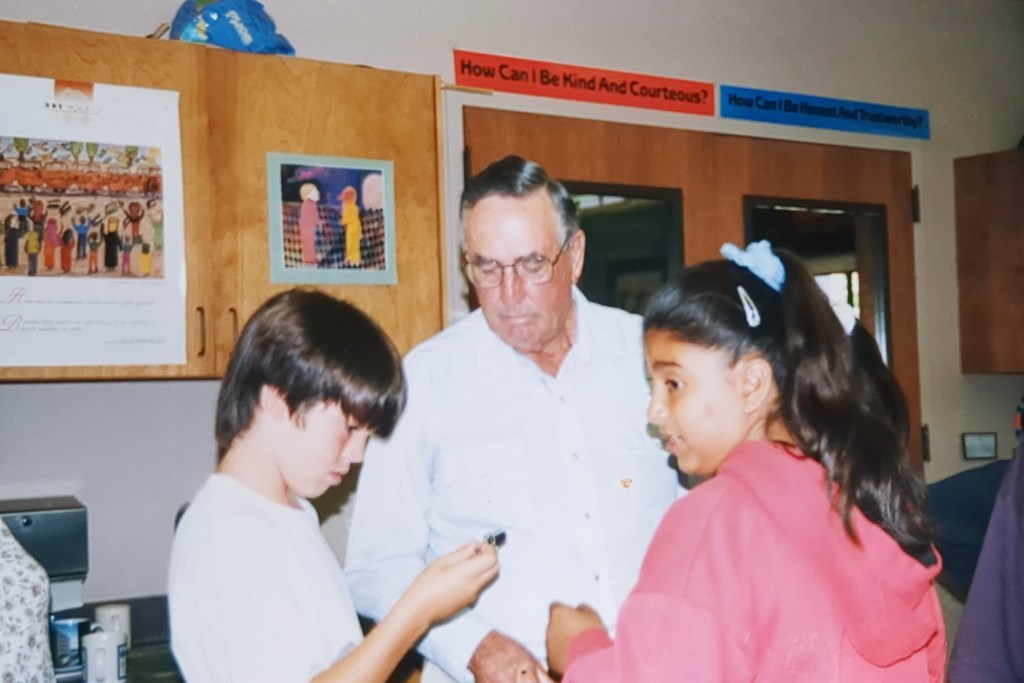
Peggy and Stan Humphries also lived nearby in the 1930s, “across the bridge and on the right.” They had two daughters, and whenever they wanted the girls to come home, they would ring a big bell in the backyard. “You could always hear that bell ringing up the canyon,” said Jim.
The kids attended school at Vista del Mar. “We rode horses down to the barn by the adobe,” recalled Jim, “and then walked over to the Las Cruces store to catch the bus to school. There were only two classrooms, one for grades one through four, and the other for grades five through eight. First you went from the little room to the big room, and then you got closer and closer to the window. By the time you were an 8th-grade big shot, you were always watching the ocean.”
There was a bull pasture near the school too. Whenever someone hit a ball out there, Jim would be the one to go over the fence and get it. “Everyone thought I was very brave,” he confessed, “but I knew those bulls were too lazy to chase me. They’d just look at you.”
“They drove the cattle from one ranch to another right down the highway,” Jim said. “Early in the morning, the highway patrol would stop the cars. There was no tunnel then. It was just a two-lane road … there was a ranch on Santa Rosa Island too, and the cattle would be brought on a barge across the channel to Santa Anita. They would anchor the barge just beyond the breakers, and the cows would swim to shore. Once, one of the cows turned around and started heading back to the island! We stood and watched helplessly, and after a while, we lost sight of her. We figured the sharks had a good feed that day.”


Margaret Howerton, left, and James (Jim) Howerton | Credit: Cynthia Carbone Ward
On summer days, Jim and Margaret ran around barefoot. “We gave up our shoes so we wouldn’t wear ‘em out,” said Margaret, “and we’d get new ones when we started school in the fall.” When they were done baling hay or threshing beans, they enjoyed going to Gaviota Beach to cool off. Other times, they headed to the hot springs to sit in the warm water for a while, and then see who could most bravely face the chilly feel of the air afterwards. “It was so clean at the hot springs,” Margaret remembered. “This was before it was a state park — they even had picnic tables there, but people started to leave trash.”
“A lot of times, we’d just fool around by the crick,” Jim told us. “I found the perfect arrowhead once in one of the washes. It was a beautiful arrowhead. I wish I knew what became of it. There were a lot of steelhead coming up the crick in those days. We’d sit on a boulder and watch them spawn. School was closed on the first day of trout season. It made sense, since no one would have been there, anyway.”
“It’s funny,” he reflected, “how much I hated to get up on school days, but on Saturday, I’d rise at 5 a.m., take the dog and a box of 22-rifle shells, and be gone all day. When I got hungry, I’d just shoot something for lunch.”
“There are just too many people now,” sighed Margaret. “But you can’t stop progress.”

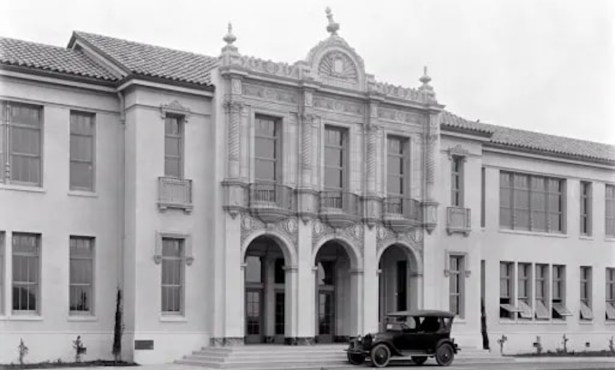
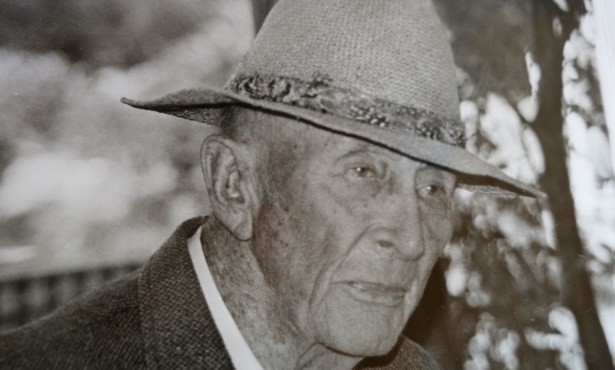
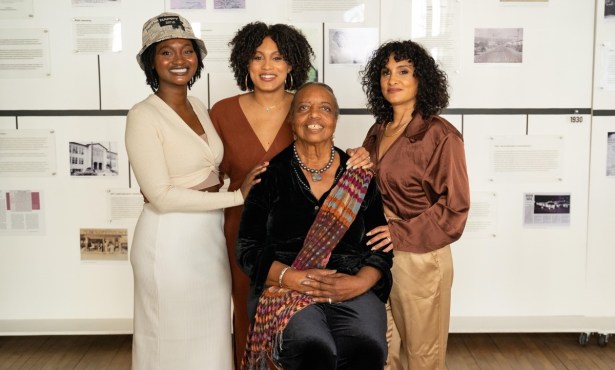
You must be logged in to post a comment.